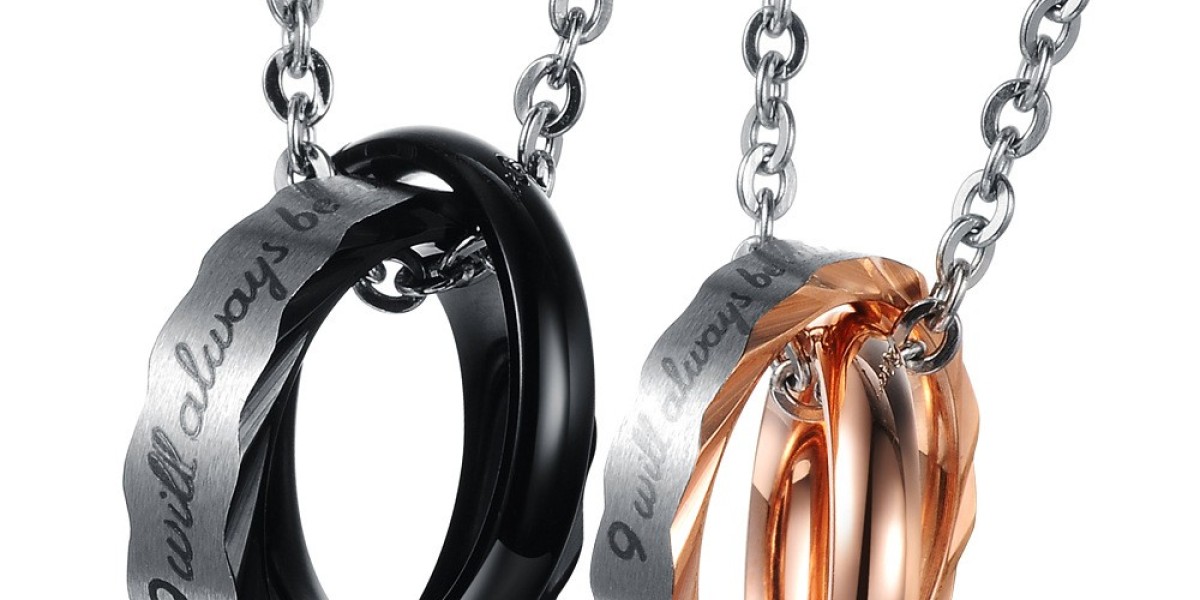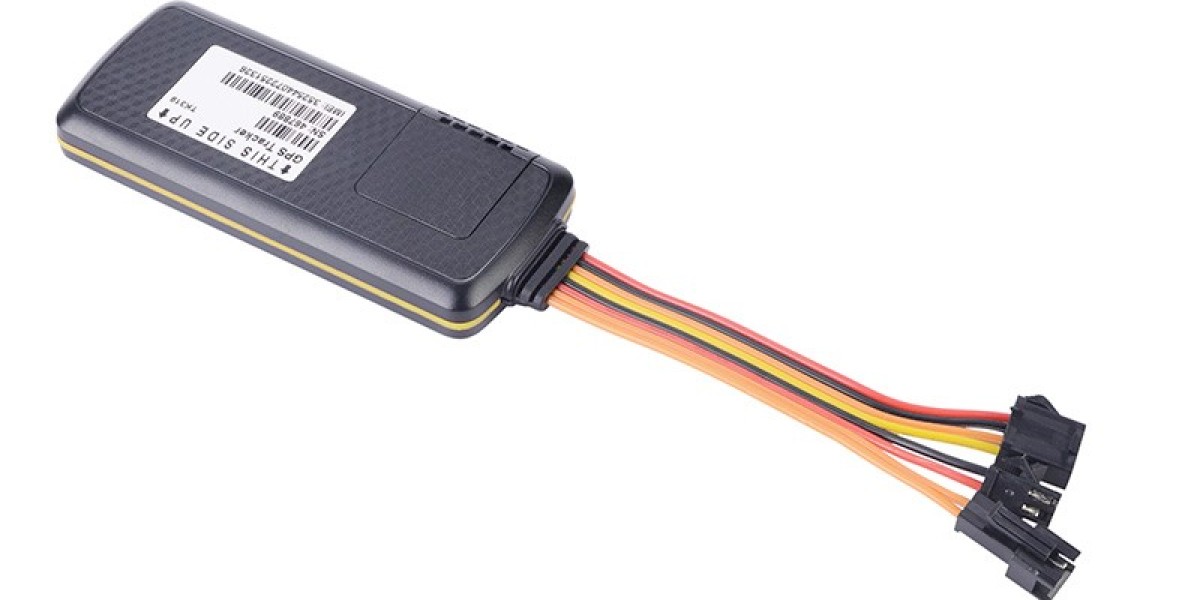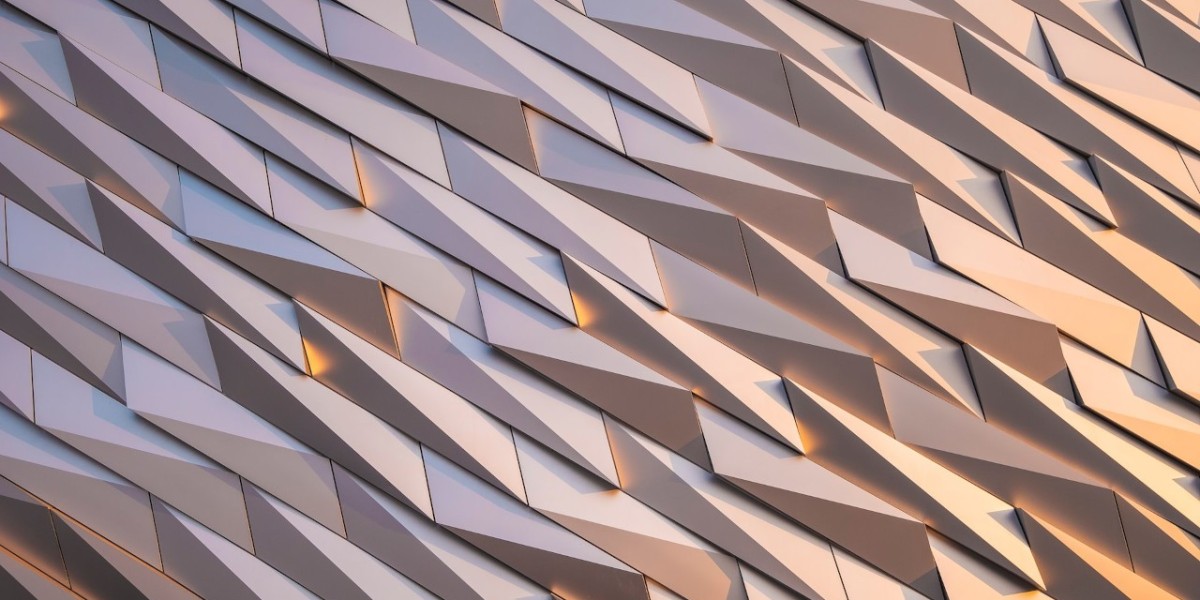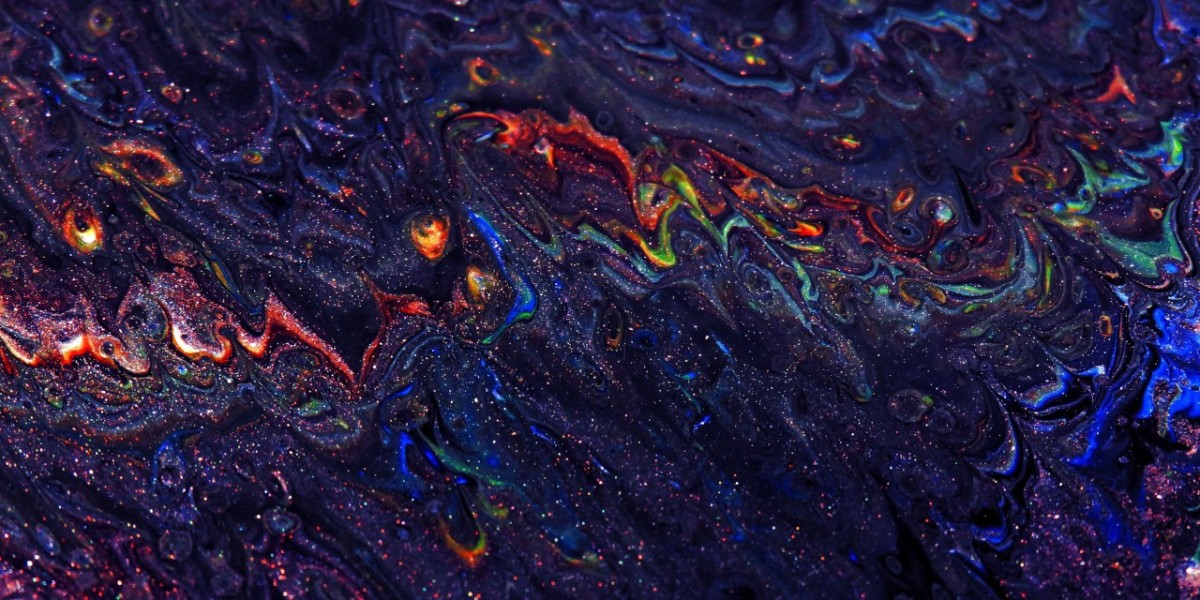So you're searching for Matching Couple Necklaces and you're able to see a wide range of options with varying prices. How do you determine which one is the real deal? Here's how you can tell if a puka shell pendant is authentic.
Texture and feel: Genuine puka shells have the roughness that fake, machine-made ones don't have. They should feel natural and display the wear and tear that comes from marine life.
Color Variations: Genuine puka shells aren't perfectly uniform in hue. There will be slight variations in hue, which make the Couple Jewelry Sets unique in style. Fakes are often a monotonous, unnatural hue.
Shape Puka shells form by ocean currents in the most unique, irregular form. Fake shells usually are more standard and perfect shape that can give them away.
Weight: Genuine puka shells have a certain heft to them and feel substantial, but not weighing too much. The fakes made of resin or plastic can feel thin or too heavy.
Holes: In true puka shells, holes naturally occur and are irregularly shape. Shells that are manufactured will have holes that are not round or cut cleanly.
The Smell Test. This may appear odd, but true pukas do have a faint oceanic scent. Fakes, particularly plastic ones will have a chemical or artificial smell.
The Science Behind Puka Shells: More Than meets the Eye
The beauty of puka shell necklaces is clear, did you know there's fascinating scientific research behind these treasures as well? Buckle up and get ready to dive deep.
Puka shells comprise of the inner cones of cone snail shells. As time passes, water and sand will cause the shell to break down and leave only the core.
Ecological role: In addition to their beauty puka shells play an important part in marine ecosystems. They provide habitats for small marine organisms, thereby contributing to the diversity.
Chemical Composition: Pukas' composition is primarily composed of calcium carbonate that gives them the strength and durability they're well-known for. Some shells may even contain trace elements of other mineral that lend them unique colors.
Environmental Impact: According to research that suggests that removing puka shells in a reckless manner can have a negative impact on marine ecosystems. Choose shells that are sustainably harvested to reduce the environmental footprint.
Some puka shells go back thousands of years! The age of the shell can alter its texture and color. This adds another layer of appeal to your necklace.
Fascinating, Isn't It? Science has enhanced the fascination of puka shells and transforms what could be thought of as a simple accessory into a marvel of nature design and ecological importance.
Celebrity Puka aficionados: Who's on the Fashion?
There's no doubt that you're not the only one who is in love with puka shells. Numerous celebrities have been seen wearing this fashionable accessory. Here's a brief overview of who's making puka shells a glam red carpet look.
Jason Momoa: Well-known for his rugged look and adoration of oceans, Momoa is often seen wearing pukashell necklaces, which give a natural touch to his unique style.
Zac Efron The heartthrob actor has been photographed wearing a necklace made of puka that gives his casual outfits an added dose of laid-back cool.
Gigi Hadid says women are also awestruck by them! Supermodel Gigi Hadid was spotted wearing a necklace made of puka-shell, proving the accessory transcends gender stereotypes.
Shawn Mendes is another celeb that has embraced the puka trend. He has a convincing argument for its youthful appeal.
Lenny Kravitz combines puka shells and other necklaces to create an eclectic style.
Leonardo DiCaprio - Even the Oscar winner couldn’t resist the allure that puka shells offer. Leo was seen wearing one during a beach outing and it was a perfect match for his laid-back style.
Search
Popular Posts








